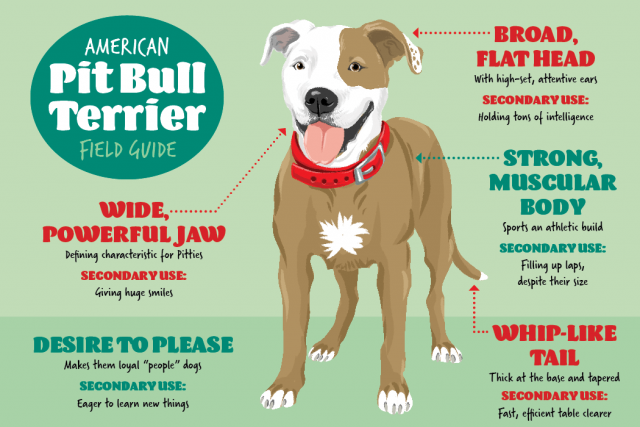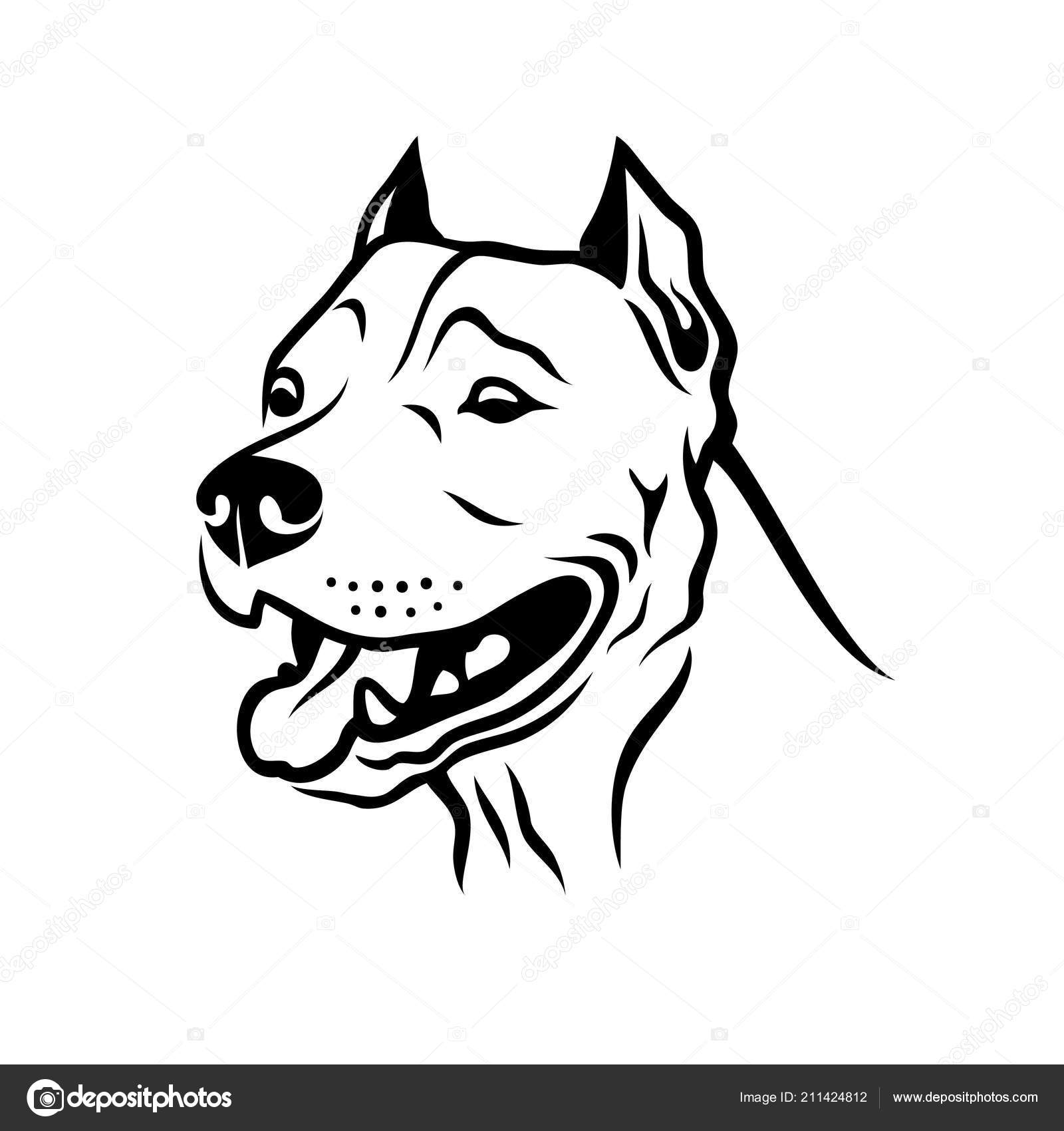

As those who are loyal to this breed are becoming more active in the education and training of the breed, the Pit Bull is fast becoming a popular companion pet once again.įeatured Image: iStock.The current American Pitbull Terrier can be traced back to England in the early 19th century. The second club, the American Dog Breeders Association (ADBA), began in 1909 as a multiple breed association, but it has been dedicated mainly to Pit Bulls, as the original president, Guy McCord, was an avid fancier and breeder of the American Pit Bull Terrier.Ĭontrary to its dubious reputation as an aggressive breed, the Pit Bull is regarded by many as a friendly dog with an outgoing disposition.
#AMERICAN PITBULL TERRIER DOG REGISTRATION#
The founder’s dog, Bennett’s Ring, was assigned UKC registration number one, making it the first registered Pit Bull in recorded history. The first was the United Kennel Club (UKC), which was formed in 1898 by founder C. This has resulted in the formation of two separate clubs for the specific purpose of registering Pit Bulls. European immigrants introduced the Pit Bull breed to North America.īecause of its controversial origins, the Pit Bull is not recognized by the American Kennel Club. When baiting was banned in the 1800s, the dogs were then bred for the sport of ratting and dog fighting. The canine’s ancestors were the result of experimentally crossbreeding different Bulldog and Terrier breeds for the purpose of bear- and bull-baiting, a blood sport in which the dog was trained to attack until the larger animal was defeated. The Pit Bull’s origins can be traced back to early 19th-century England, Ireland and Scotland. Other health ailments seen in Pit Bulls include thyroid and congenital heart defects.
#AMERICAN PITBULL TERRIER DOG SKIN#
The Pit Bull can also suffer from skin problems, such as mange and skin allergies, because of its short coat. The Pit Bull tends to suffer from bone diseases such as hip dysplasia, degenerative myelopathy and kneecap dislocation. There are some genetic conditions to be watchful for. Healthĭue to their athleticism and diverse breeding background, the Pit Bull breed tends to be hardy, with an average lifespan of 12 to 14 years, longer than many breeds of a similar size. Taking a Pit Bull on a leashed walk is undoubtedly an important part of socializing it to "play nice." However, care must always be taken to keep the Pit Bull on its leash, to prevent it from running off if it should spot a potential prey animal. Like the Greyhound breed, the Pit Bull has a particularly strong prey drive and may chase retreating animals. Careīecause it is a highly energetic and active breed, the American Pit Bull Terrier requires daily exercise - the more vigorous the better - to overcome boredom and possibly destructive behavior. Depending on early socialization and handling, the Pit Bull can learn to restrain itself from unwarranted aggression towards other dogs. However, the Pit Bull is not naturally aggressive towards people and is affectionate toward children. The Pit Bull breed has a high prey drive due to its being bred to chase and subdue livestock.


The Pit Bull is also athletic, and has a strong desire to please people. The protective and fearless Pit Bull is noted for its playful temperament and friendly nature. The most defining facial characteristic of the Pit Bull is its wide, powerful jaw. Small- to medium-sized ears are set high on its broad, flat head. The body of the Pit Bull is long, with a short, whip-like tail that ends in a point. The fluctuation in the size and color of the Pit Bull is due to the breed being a mix between different types of Bulldogs and Terriers. The Pit Bull has a stocky, muscular build and a short, smooth coat varying in color. The standard size of the American Pit Bull Terrier varies from medium to large, with a weight range of 30–90 lbs. Vital Statsīreed Group: Terrier Dogs Height: 17 to 19 inches Weight: 30 to 90 pounds Lifespan: 12 to 14 years Physical Characteristics Affectionately known as "Pitties," the Pit Bull is known for being a loyal, protective, and athletic canine breed. It is often confused with the American Staffordshire Terrier, however, the United Kennel Club recognizes the American Pit Bull Terrier as its own distinct breed. The American Pit Bull Terrier has been known by many names, including the Pit Bull and the American Bull Terrier.


 0 kommentar(er)
0 kommentar(er)
